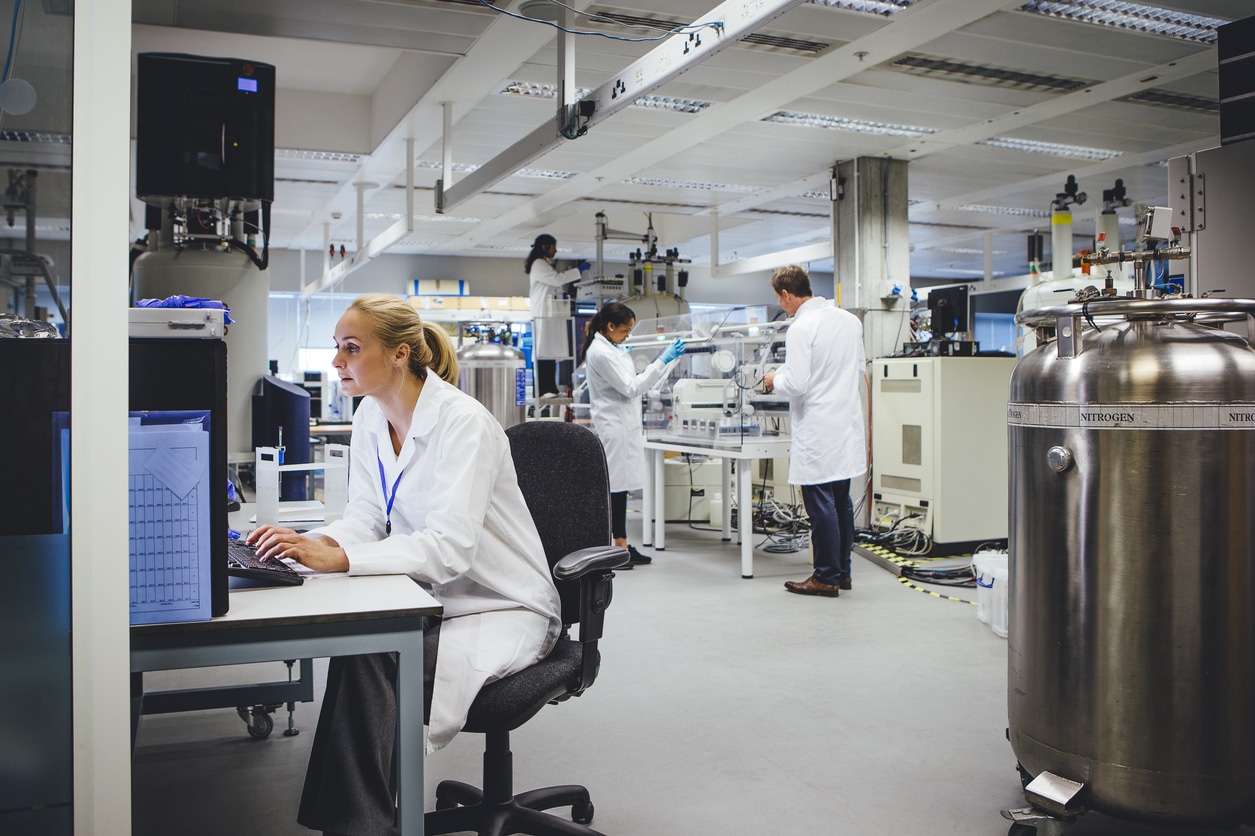INDUSTRIAL | RESEARCH | TEACHING | MEDICAL
What is a LIMS?
lab solutions without compromise
What is a LIM System
All modern laboratories need to store huge amounts of data. And, as technologies advance, the quality and quantity of this data and information increasingly mounts up. This increase in data means it must be well-managed through appropriate methods. A LIMS (Laboratory Information Management System) is one method laboratories can use to manage and maintain vast quantities of such on-site data.
But what exactly does a LIMS entail? Consider a traditional laboratory, where 75% of the total cost comes from manpower. Reducing a degree of necessary human interaction can reduce overheads to a large extent. The majority of laboratories operate in order to provide information under a time constraint and then, based on that information, customers can reach a decision. However, it’s often the case that the record-keeping solutions used in traditional laboratories simply does not suffice in the modern age.

A LIMS can help to integrate laboratory operations with the laboratory itself, speeding up the whole process by bringing together several different subprocesses in order to streamline human effort as a result. It saves significant amounts of time and improves the level of data access for all stakeholders of a given project. The less time it takes to notify users of a problem, the sooner it can be rectified and the less the solution costs. The ideal LIMS helps to provide the requisite documentation to ensure that a laboratory and its operations comply with each other.
What are the major benefits of a LIMS?
An exhaustive list of all the major benefits would perhaps be too long to detail here, but it’s main benefits generally consist of:
Additionally, a LIMS reduces or completely eliminates the need for paper and laboratory notebooks. In its place, regular laboratory reports can be created and used to identify the workload by person, instrument, test, customer and much more. These reports, made monthly, can be produced in one or two minutes and help to improve understanding of lab activity and planning processes.
Setting out your requirements
When installing a LIMS in a laboratory, the process must begin with clearly designed technical requirements of the system, as well as approval from the lab manager, end-user, IT personnel and other relevant stakeholders. These requirements help to ensure a project’s success and allow for effective project management. The issue here is that the system used in a lab must satisfy current user requirements and be flexible enough to just as effective in 5 or 10 years’ time, for instance.

Unfortunately, there are very few LIMS available right now that are designed to protect your investment over the long term. As a result, a requirements document should include the need for future flexibility without relying on vendor dependence or the need to bring in external consultants to maintain the system.
It’s wise to write up a checklist that covers the basic areas you want, as well as specifics relating to your organisation. Cover what the system will be carrying out now and what you want it to do in the future, along with the number of users and which areas you see it expanding into over the next five years. The more information laid out, the clearer the LIMS’ cost will likely be.
In creating a requirements document for your laboratory, consider the following guidelines

Avoid using overly-verbose specifications; the details can come at a later date. For now, focus on making things as succinct as possible in your outline.

As hinted above, if you specify particular features, then you risk confining yourself, and may miss out on a system complete with new features. You should be in a position to adapt after the first round of demonstrations.

As well as the necessary brevity, you’ll want things to be as clear as possible. Avoid using overly-complex tech jargon; your requirements should be easily understood by all who read them.



